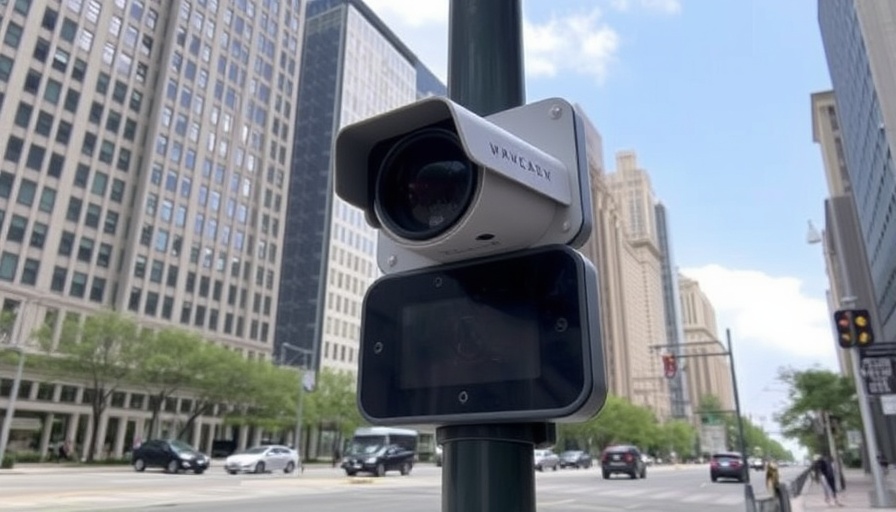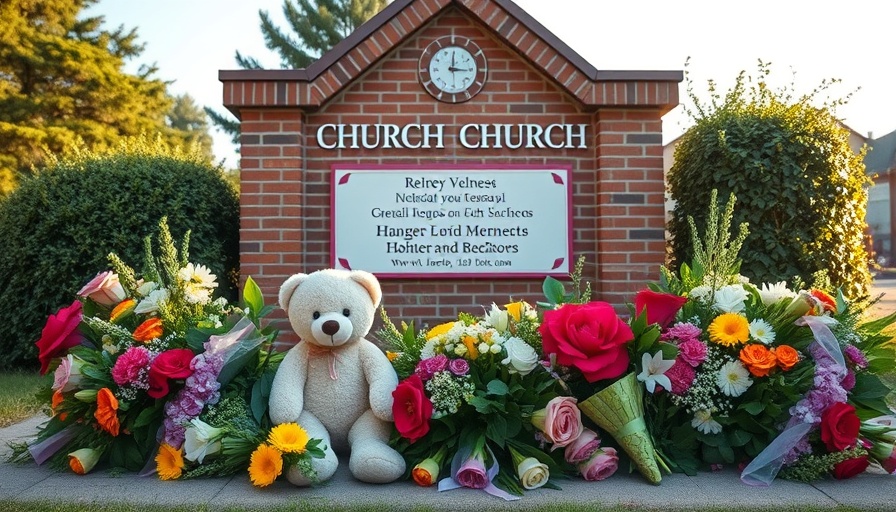
New Speed Cameras: A Step Towards Safer Streets in Chicago
In an effort to enhance road safety, Chicago has recently implemented seven new speed cameras across the city. This initiative is aimed at reducing instances of speeding and improving safety for pedestrians, cyclists, and drivers alike. The introduction of these cameras will not only serve as a deterrent for reckless driving but also aligns with broader city policies aimed at fostering a safer urban environment.
The Rationale Behind the Decision
City officials emphasize that the primary motivation for these speed cameras is public safety. Speeding is one of the leading causes of vehicular accidents, and by placing cameras in high-risk areas, Chicago hopes to significantly decrease the number of traffic-related injuries and fatalities. According to recent statistics, neighborhoods affected by speeding violations often see a rise in disturbances and accidents, prompting a need for stricter enforcement measures. Furthermore, the funds generated from traffic fines could be reinvested into community programs aimed at traffic safety and urban development.
Broader Implications of Speed Enforcement Policy
Speed enforcement through technology is not unique to Chicago. Many cities across the United States, and even globally, have adopted similar measures as part of their urban planning strategies. This trend raises several critical issues surrounding privacy, public safety, and civil liberties. As cities embrace such technology, it's vital to maintain transparency about the use of collected data and ensure that surveillance measures do not encroach on individual rights. Public discourse around these topics is essential for fostering trust between residents and city officials.
How Chicago's Policy Reflects National Trends
The introduction of these speed cameras in Chicago is indicative of a nationwide surge in law enforcement technology as part of broader government efforts to enhance public safety. This trend resonates across various socio-economic discussions impacting the U.S., touching upon issues of government oversight, civil liberties, and public engagement. Cities like Philadelphia and New York have also implemented similar technologies, reflecting a growing acceptance among urban policymakers that combining technological solutions with traditional law enforcement can yield safer communities.
Understanding Community Response and Engagement
The reception of speed cameras in various communities has been mixed. Some residents applaud the initiative as a critical step towards safer streets, while others view it as an intrusion of privacy or a potential revenue-generating scheme by the city government. Engaging the community in discussions about such initiatives not only reveals public sentiment but also strengthens community ties and allows for collaborative solutions that reflect the needs of local residents.
An Opportunity for Broader Civic Engagement
Local government initiatives like expanding speed camera placements also open avenues for broader civic engagement. Community members can have a say on where cameras are placed, effectively providing feedback on which areas they feel require more attention regarding public safety. This participatory approach can help foster trust and accountability and ensure that policies are being shaped by those most affected by them.
What’s Next for Traffic Safety in Chicago?
As Chicago rolls out its new speed cameras, all eyes will be on the data collected to determine whether this initiative effectively reduces traffic violations and accidents. The success of this program could set important precedents for other cities considering similar measures. Stakeholders must monitor the implications of these initiatives closely, how they affect public safety perception, and the social dynamics of urban living.
Ultimately, speed cameras in Chicago symbolize a commitment to public safety and a consequential step towards addressing pressing urban issues like traffic management and community welfare. As city officials move forward with this plan, the crucial balance between ensuring safety and respecting community sentiments will be vital in determining the long-term success of such initiatives.
 Add Row
Add Row  Add
Add 




Write A Comment